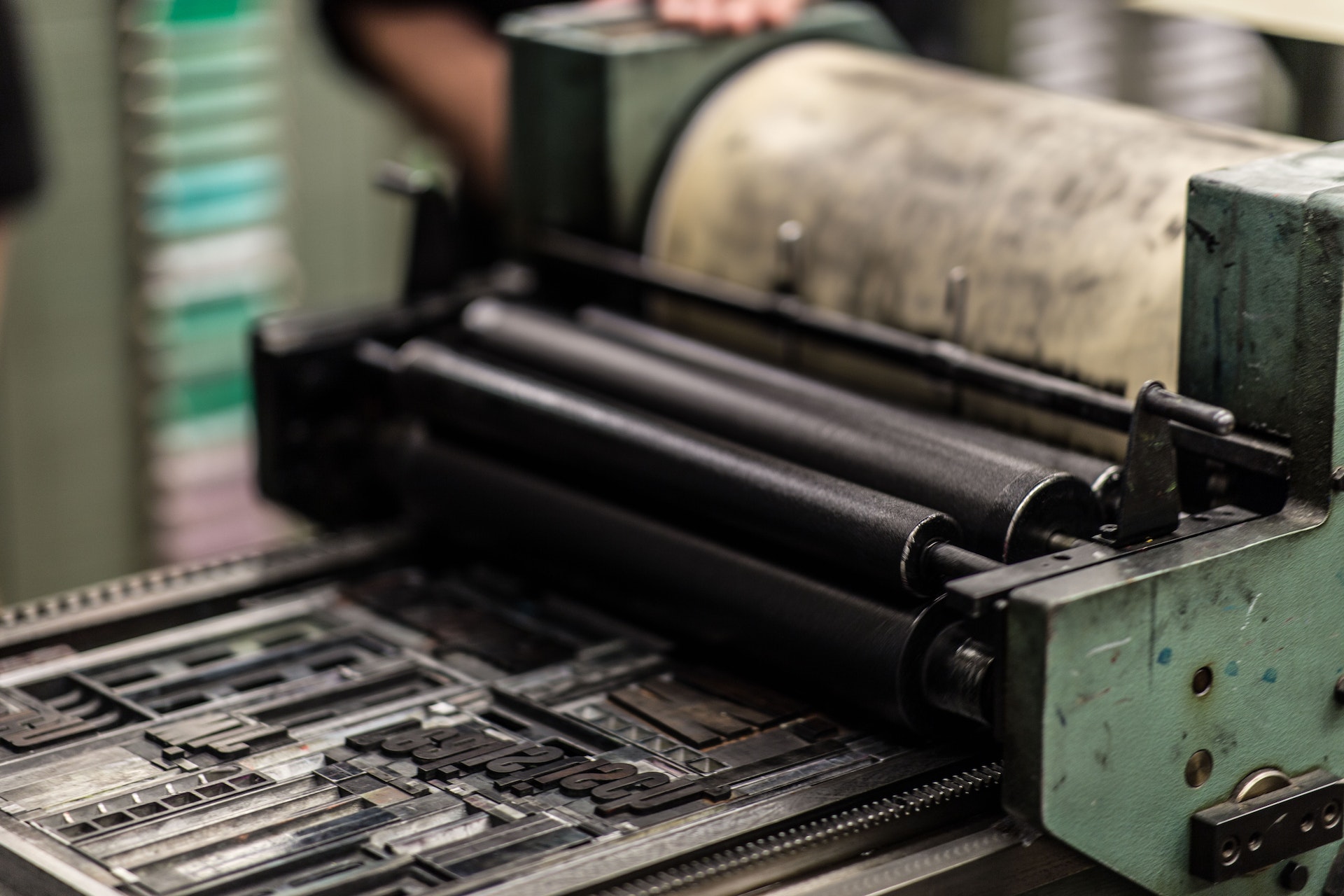There are several methods of cleaning a roll. These include chemical washing and ultrasonic cleaning. These two methods will allow you to remove up to 90% of contaminants. However, the chemical wash method can be time-consuming and requires expertise. If you want a faster, more effective cleaning method, ultrasonic cleaning is the way to go. These methods are gentle and can effectively clean up to 90% of contaminants.
Ultrasonic cleaning
An ultrasonic cleaning system is a high-performance alternative to anilox roll cleaners. It is simple and fully automatic. The cleaning cycle takes only a few minutes and guarantees consistent results. Unlike traditional cleaning methods, ultrasonic cleaning is environmentally friendly, requiring no sewage. It works by converting the energy of the electricity into kinetic energy, causing the dirt to be agitated and quickly taken off the anilox roll. The cleaning process can be started by simply pressing a switch.
Ultrasonic cleaning machines are fully automated and are specifically designed to deep clean anilox rolls, gravure cylinders, and sleeves. As a result, they significantly reduce set-up time, minimize press downtime, and increase the life of the rolls. They also improve printing quality. This is a crucial benefit for those who want to enhance the output of their processes.
A well-designed roll cleaner should have low water consumption and be able to remove all contaminants, including ink, from the anilox. Using the right cleaning chemical to remove the ink is also essential. This will help anilox retain the best quality. In addition, a roll cleaner should have a small footprint and be easy to store.
If you are looking for a roll cleaner. Some models use organic chemicals. These chemicals are non-alcoholic and work well with ultrasonic cleaning systems. These chemicals effectively remove water-based cleaning inks and UV inks from anilox rolls. In general, ultrasonic cleaning eliminates the need for tedious disassembly of anilox rollers.
To get the best results, you should choose a roller cleaner with a higher frequency than your average cleaning system. These systems are available for single and multi-rollers. Unlike manual cleaning, ultrasonic cleaning of anilox rollers does not damage the anilox’s cell walls.
Chemical wash
A roll cleaner is a chemical solution that can help disperse ink from printing plates and rolls. This cleaning solution can be obtained from various sources and should be used cautiously. It is essential to use protective equipment to avoid causing any injury to workers, including wearing safety glasses and rubber gloves.
A roll cleaner works by spraying a ceramic coating on the base of the roll. This coating has a certain level of porosity, which increases the liquid penetration rate. Once the layer has been cleaned, it should be rinsed immediately to prevent further liquid penetration. This process can take between 20 and 30 minutes.
A chemical wash with a roll cleaner is an environmentally safe solution to remove ink from flexographic rollers. However, it is important to use caution with this method since the chemicals in the wash may affect the ink and the roller’s physical properties. If not used correctly, chemical washing can pose a safety risk to workers.
Performing a regular chemical wash with a roller cleaner is a vital pre-press step that should not be overlooked. It can extend the life of an anilox roller and improve ink transfer. This results in better printing stability and repeatability. It should be a vital component of every printing house’s quality control system. As a bonus, it can help save a printing house money.

